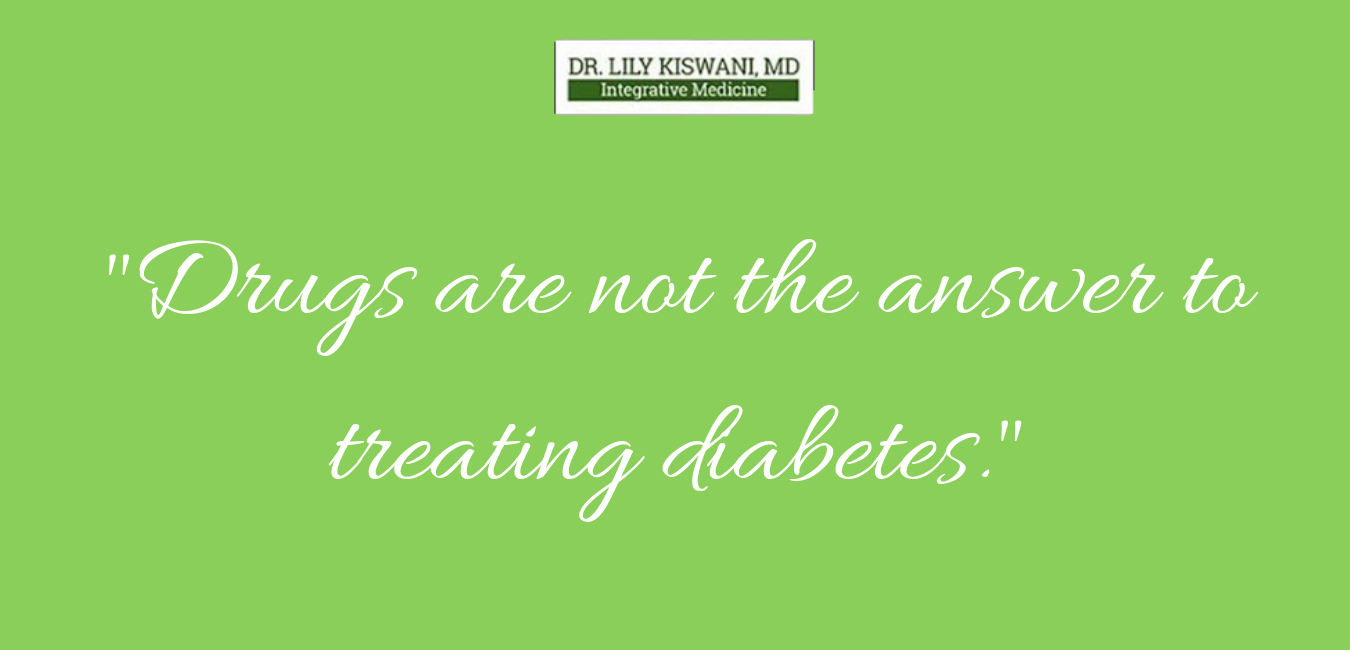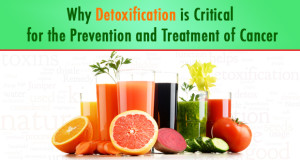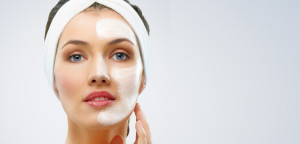You’ve probably heard about all the hidden chemicals and health risks surrounding so many of the beauty and skin care products on the market, but what exactly are they and will you ever be able to put on your lotion or eye cream again in peace — without wondering if you’re poisoning your body?
The answer is yes!
The key to healthy beauty care is to understand what’s really underneath the lid. While that may seem like a lot of work, you just have to know what to keep your eyes open for. And once you know what to look for, you can add yourself among the rapidly growing group of empowered consumers who are asking questions and being justifiably snobby about their product choices.
To help you in this mission to makeover your personal stock of cosmetics, we’ve put together a list of 10 ingredients you should avoid in anything you buy. By steering clear of these nasties, you can rest assured that whatever you’re putting on your skin isn’t harming it.
1. Parabens
Parabens are unquestionably the most commonly used preservatives in the cosmetics industry. They’re in just about any cream you might use, as they prevent mold, fungus and parasites from sprouting and growing in your products. The problem is that they can be absorbed through the skin, and have often been found in breast cancer tumors! All signs point to skin care products being the cause.
Because of this, there is a growing concern that excessive use of parabens may give rise to breast cancer in women and testicular cancer in men. Although there haven’t been any conclusive studies proving this, it should be enough to make you concerned. In fact, it’s why there are so many “paraben-free” items popping up in the supermarket and pharmacies around the country.
Parabens can appear in different forms, so here’s what you want to look out for:
- benzylparaben
- butyiparaben
- propylparaben
- methylparaben
- ethylparaben
- isobutylparaben
2. Phthalates
This hard to pronounce class of substances is found in just about everything, even you. A study done by the US Centers for Disease Control found a trace of it in every single person they analyzed. This is problematic because phthalates – which are used in cosmetics and also in many plastic objects – have been found to act as a hormone disruptor linked to reproductive defects, insulin resistance and developmental problems in children.
Here’s the tricky part: phthalates usually aren’t listed on the label of your favored products, so you have to do a bit of sleuthing to determine their presence. Want a hint? They’re often found in anything that misleadingly lists “fragrance” as an ingredient. Stick to products that are scented with essential oils instead.
3. Benzoyl Peroxide
Over the last decade, the popularity of pimple-zapping products has skyrocketed. Benzoyl peroxide is responsible for this, but you should be wary about using it. That’s because it’s been linked with the promotion of tumor growth. Horrifying, don’t you think?
Beyond that, it produces toxic effects in the body simply through inhalation, and is a known skin, eye and respiratory irritant. As if that isn’t bad enough, it’s extremely toxic if you swallow it. Awful!
4. Triclosan
Technically a pesticide – at least according to the Environmental Protection Agency – triclosan is a popular ingredient in just about any product claiming antibacterial properties. It works very well at killing bacteria, and that’s actually the problem: not all bacteria are bad for you, and furthermore, some experts speculate widespread of this chemical could give rise to “superbugs” – harmful bacteria resistant to antibiotics.
That’s not all; triclosan has been shown to work as both a hormone and thyroid disruptor. On top of that, it’s terrible for the environment. So put your inner germaphobe at ease and know that water and natural hand soap will more than handle your daily hand-washing needs.
5. Resorcinol
Why is it that resorcinol – a popular ingredient in bleaches – is restricted in federal government buildings, but is used freely in so many hair color products? That probably doesn’t sound right to you, and that’s because it isn’t. Not at all!
Resorcinol is a known skin irritant that has been shown in studies to disrupt healthy thyroid function in animals. It’s also a common cause of dye allergy that so many women find themselves bothered by. You don’t want this in your hair, or anywhere for that matter!
6. Hydroquinone
As a skin lightener that reduces dark blemishes caused by everything from medical reactions to bruising, hydroquinone sounds too good to be true. You guessed it… that’s because it is.
Hydroquinone reduces the melanin in your skin to get rid of those unsightly marks, but in doing so, it hurts your skin in many ways. First of all, it’s permanently altering your pigment while also weakening the elastin and collagen in your problem area – the very things that are key to keeping your skin firm and youthful! Some people get unsightly blotches after using hydroquinone, and far more get contact dermatitis or have allergic reactions after regular use. Considering how easily it irritates your skin, it’s a wonder that it’s used at all. Finally, like so many ingredients on this list, there is some suspicion that it’s a carcinogen. The results aren’t worth the harm it causes.
7. Petroleum
Here’s a sneaky one. Petroleum pops up in so many cosmetics products, it’s ridiculous. And in case you’re wondering, yes, it’s the very same substance from which your motor oil is made.
It hides behind many names that you should familiarize yourself with. They are:
- Petrolatum
- Xylene
- Toluene
- Mineral oil
- Liquid paraffin
As an industry standard, there’s a lot of information out there touting the safety of petroleum by-products, so you might be wondering why you should avoid it. It’s because it contains 1,4-Dioxane, which has been listed by the World Health Organization and the Environmental Protection Agency as a probable carcinogen. Cancer from your moisturizer? No thank you.
8. Methylisothiazolinone
Just the name alone is intimidating. Thankfully known as MIT for short, methylisothiazolinone is an increasingly common antibacterial preservative in everything from baby shampoo to moisturizer. Unfortunately, studies have shown that it contains neurotoxic properties that should be of great concern to all consumers.
In studies with rats, a mere 10 minutes of exposure to MIT was enough to cause brain cell damage. Further studies concluded that low concentrations of MIT during neural development increased the risk of seizures and visual abnormalities. Furthermore, the Environmental Working Group has classified it as a skin sensitizer and irritant.
The argument often made by skin care companies is that MIT is used in very small concentrations, usually in products that are meant to be rinsed off, thus reducing your exposure to the chemical. Considering the seriousness of its side effects, it’s probably best that you limit your exposure to it completely, wouldn’t you agree?
9. Oxybenzone
Oxybenzone is an active ingredient in quite a few of the sunscreen products on the shelves of your favorite store. Unfortunately, this chemical has been linked to skin irritation and allergies, hormone disruption and low birth weights in baby girls.
What’s scary is that a study conducted by the U.S. Centers for Disease Control found that oxybenzone is present in the urine of 97% of Americans. How much of it have we been exposed to, and how is it affecting us in ways that we don’t quite understand yet? With figures like these, chances are it’s already in your system, so you want to limit your future exposure to it as much as possible.
10. Artificial Dyes and Synthetic Colors
Whether you’re donning a shocking hot pink lipstick, a classic rouge to make those cheekbones pop, or rebellious black nail polish, if your favorite cosmetics are conventional, chances are they are just as dangerous as they are fabulous.
Many of the products you have are likely made with synthetic colors that are made from coal tar. Though pretty, these harsh artificial colors have been shown in studies to be carcinogenic and are likely to cause skin sensitivity and irritation due to the heavy metals they deposit on your skin when you use them. You don’t want that, so if you have any products that were made with synthetic colors, toss them in the bin don’t buy anymore! Thankfully, it’s pretty simple to determine if that color in your favorite lipstick is real or not: just check the ingredients, and if you see anything listed beginning with FD&C or D&C, you know it isn’t what you really want.
So the next time one of those perfumed lab-coats at the mall pulls you aside to offer you a sample of Company X’s new Luxuriously Lovely Lip Enhancer, tell her thanks but no thanks, and proceed either online or to your nearest organic grocery for superior alternatives. You’ll be amazed at how much is out there!
Be Healthy!






